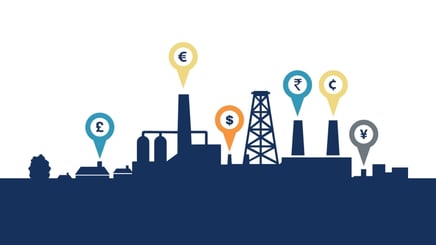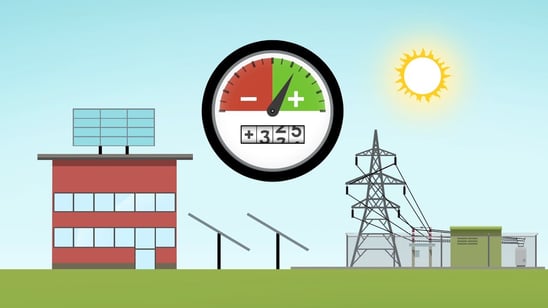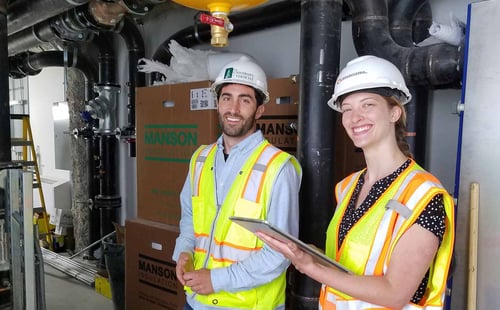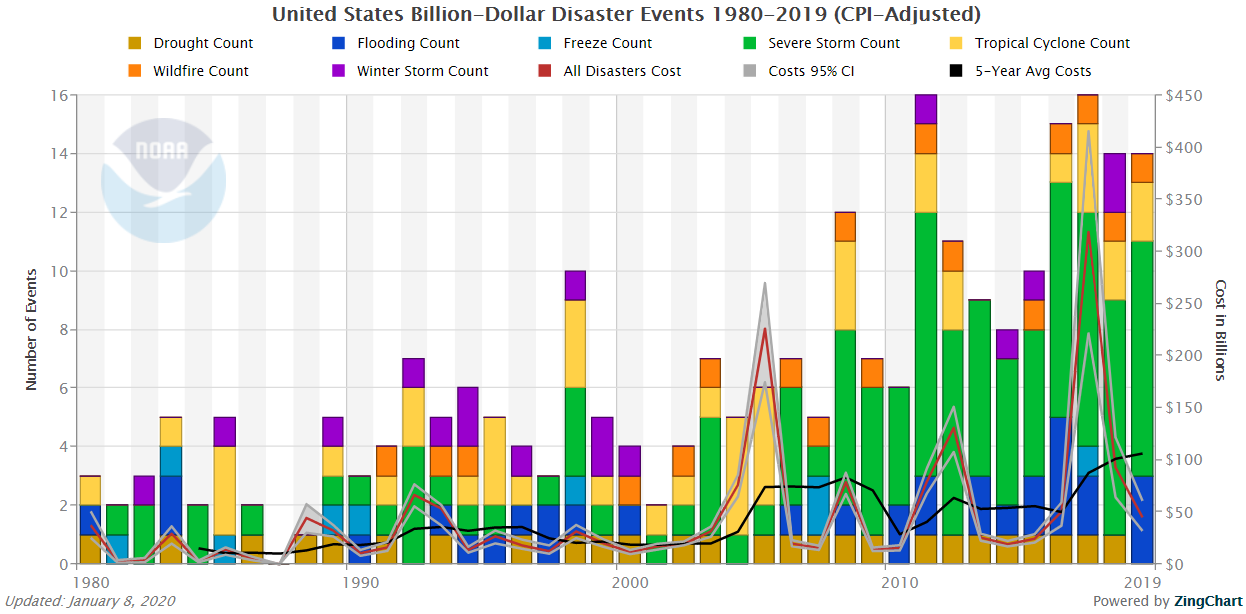I’m very focused on the fact that we have only have a short time to change the way we live so that our planet can survive, and our children can have the future we imagine for them. That sounds scary, but what is even scarier is inaction in the face of compelling evidence of climate change.
Here are key steps we need to take immediately to have the future we all want:
1. Put a price on carbon: It’s far too cheap to waste fossil fuels. Fossil fuels are so inexpensive that it is increasingly difficult to drive the economics of energy optimization (using the least energy in for the process or work that needs to be done). This is backwards! We need to include the environmental cost of these fuels in their price. Key considerations include ensuring that lower income and rural consumers receive adequate compensation to offset any negative impacts on them. Image source: worldbank.org
Image source: worldbank.org
2. Run deep energy retrofit pilots: The scale at which we need to ramp up to achieve a carbon neutral future in unprecedented. Millions and millions of buildings need to be retrofitted. This is a huge opportunity. We need to widely deploy test-and-learn approaches and share lessons across the industry so that we can build capability and grow together. Key factors here are pilot designs that are clear and transparent, and the sharing of all data including costs, schedules, profit margin for providers, and actual performance of buildings after upgrades.
3. Develop standardized packages of measures – this is easier for residential than for commercial and industrial buildings, but it needs to be done.To get to scale we need to have a good idea of the measures, costs, and impacts up front.Key factors include building off the pilot lessons and working with suppliers to ensure we can meet demand.
4. Zero energy construction and operations: Building new or renovating? Go for a net generating building, or if your site is too small, then a low energy building. AND seek to minimize the carbon emissions associated with construction (https://www.biomestudio.com/studio/) by using mass timber and low emitting insulation materials. Key factors include meeting low carbon goals for construction, maximizing carbon sequestration on the site, and minimizing carbon impacts over the life of the building.
 Source: U.S. Dept. of Energy
Source: U.S. Dept. of Energy
5. Build the workforce – recent workforce studies in the Northeast find that people working in energy efficiency and renewable energy have a difficult time filling jobs. PG&E includes training service providers as a key component of its annual plans. We need a comprehensive training and education program to fill all of the jobs that this effort will create.
 CxA Engineers Wilson Yandell and Krystina Kattermann
CxA Engineers Wilson Yandell and Krystina Kattermann
We are rapidly increasing our spending on responding to natural disasters and people are increasingly at risk from losing their property and lives to weather-related events as the climate warms.

View this as an interactive chart: NOAA National Centers for Environmental Information (NCEI) U.S. Billion-Dollar Weather and Climate Disasters (2020). https://www.ncdc.noaa.gov/billions/
We have a shrinking opportunity to change the way we live and work to align with the planet on which we live. None of these actions should be controversial – it is failure to act that should be seen as radical in this time of certain change. We owe it to our children to do everything we can to take rapid action to turn the tides of the climate crisis.


